<<-BACK TO ‘KEYWORD’ SEARCH MENU
<<-BACK TO ‘AREAS OF LEARNING’ SEARCH MENU
PAtterns - EYFS/Early Years activities, Displays and ideas
PLEASE SCROLL DOWN TO BROWSE OUR
‘PATTERN’ RESOURCES…
SECTIONS:
Free sample resources
Key ‘Pattern’ resources
Pattern and ‘Development Matters’
Relevant pages you may be interested in - Shapes - Symmetry - Using Shapes for Tasks - STEM - Mathematics - Construction
If you are not a member already, become a ‘Free Access’ member here. This will give you access to resources within the ‘Free Sample Resources’ sections at the top of most pages and ‘Special Dates Calendars’. Some whole topics are even free! Find out more about all of our membership options here. If you are already a member… thank-you! x
FREE SAMPLE RESOURCES!
(Click on the images below to find out more)
Please note that both Editable (docx file) and non-editable (pdf file) versions are available for ‘Pattern’ resources. (Editable files require Microsoft Word to work at optimum level and Non-Editable files require a pdf viewer.)
Click on the thumbnail images below for further details…
Key ‘Pattern’ resources
Ignite creativity and explore Scottish heritage with our Design a Kilt Activity Sheets! This fantastic…
Pattern and ‘Development Matters’
Birth to 3
Notice patterns and arrange things in patterns.
Birth to 3 - Examples to support learning
Provide patterned material – gingham, polka dots, stripes etc. – and small objects to arrange in patterns. Use words like ‘repeated’ and ‘the same’ over and over.
Encourage babies and young toddlers to play freely with a wide range of objects - toddlers engage spontaneously in mathematics during nearly half of every minute of free play. Suggestions: when appropriate, sensitively join in and comment on:
interestingly shaped objects like vegetables, wooden pegs, spoons, pans, corks, cones, balls
pots and pans, boxes and objects to put in them, shape sorters
stacking cups: hiding one, building them into a tower, nesting them and lining them up
3 & 4 Year Olds
Talk about and identify the patterns around them. For example: stripes on clothes, designs on rugs and wallpaper. Use informal language like ‘pointy’, ‘spotty’, ‘blobs’ etc.
Extend and create ABAB patterns – stick, leaf, stick, leaf.
Notice and correct an error in a repeating pattern.
3 & 4 Year Olds - Examples to support learning
Provide shapes that combine to make other shapes, such as pattern blocks and interlocking shapes, for children to play freely with. When appropriate, discuss the different designs that children make.
Provide patterns from different cultures, such as fabrics.
Provide a range of natural and everyday objects and materials, as well as blocks and shapes, for children to play with freely and to make patterns with. When appropriate, encourage children to continue patterns and spot mistakes.
Reception
Continue, copy and create repeating patterns.
Reception - Examples to support learning
Provide high quality pattern and building sets, including pattern blocks, tangrams, building blocks and magnetic construction tiles, as well as found materials.
Challenge children to copy increasingly complex 2D pictures and patterns with these 3D resources, guided by knowledge of learning trajectories: “I bet you can’t add an arch to that,” or “Maybe tomorrow someone will build a staircase.”
Make patterns with varying rules (including AB, ABB and ABBC) and objects and invite children to continue the pattern. Make a deliberate mistake and discuss how to fix it.
(Public sector information licensed under the Open Government Licence v3.0.)
This page contains public sector information licensed under the Open Government Licence v3.0.
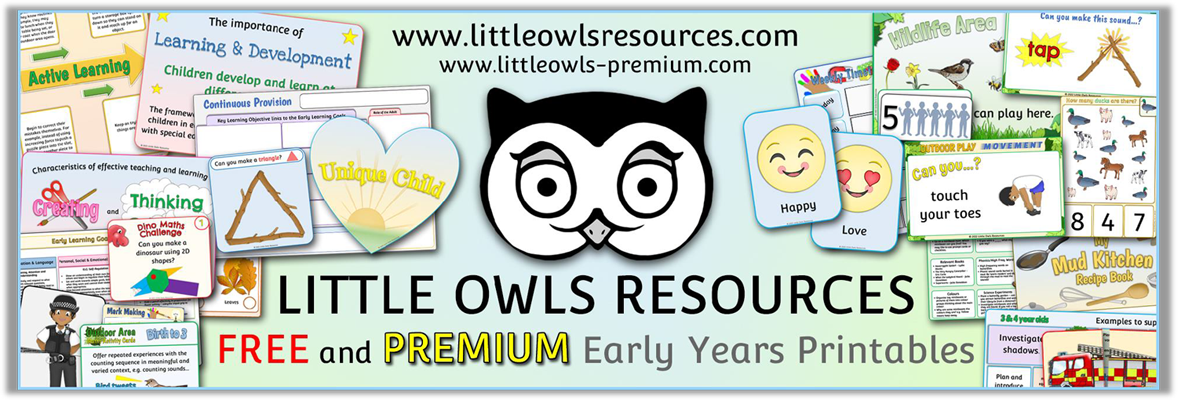

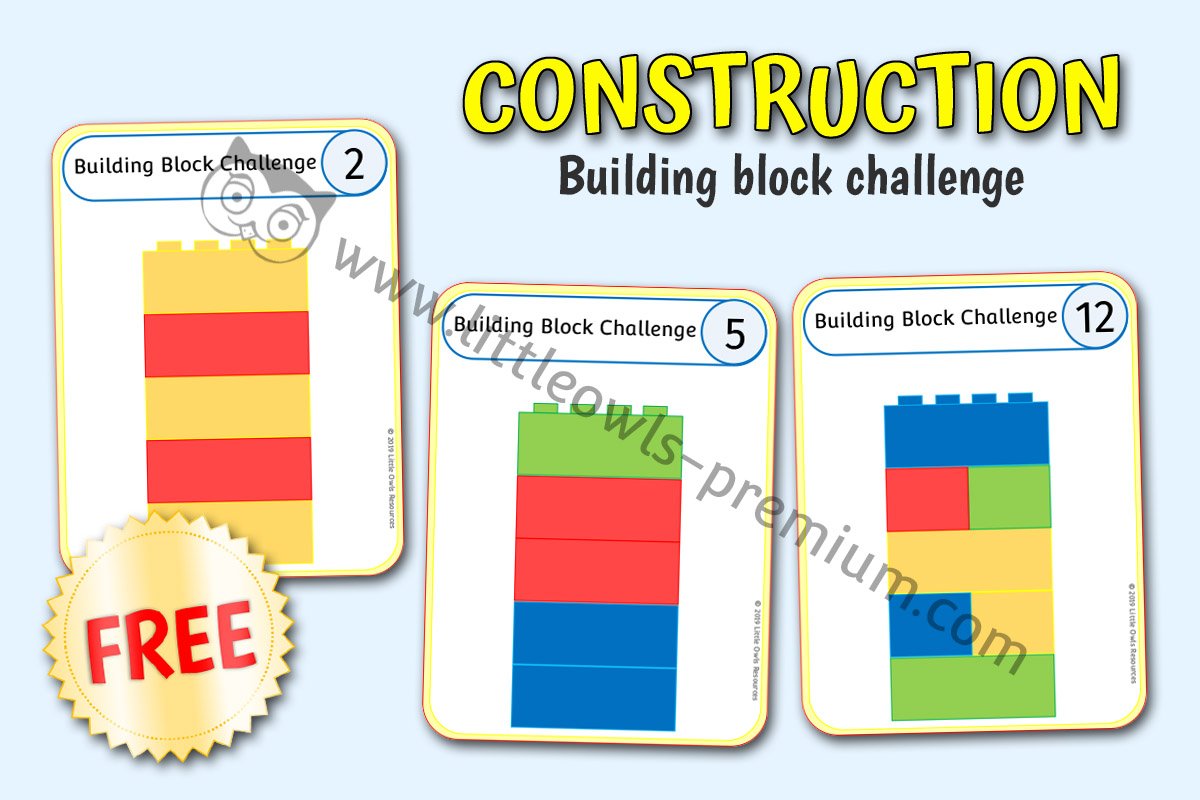








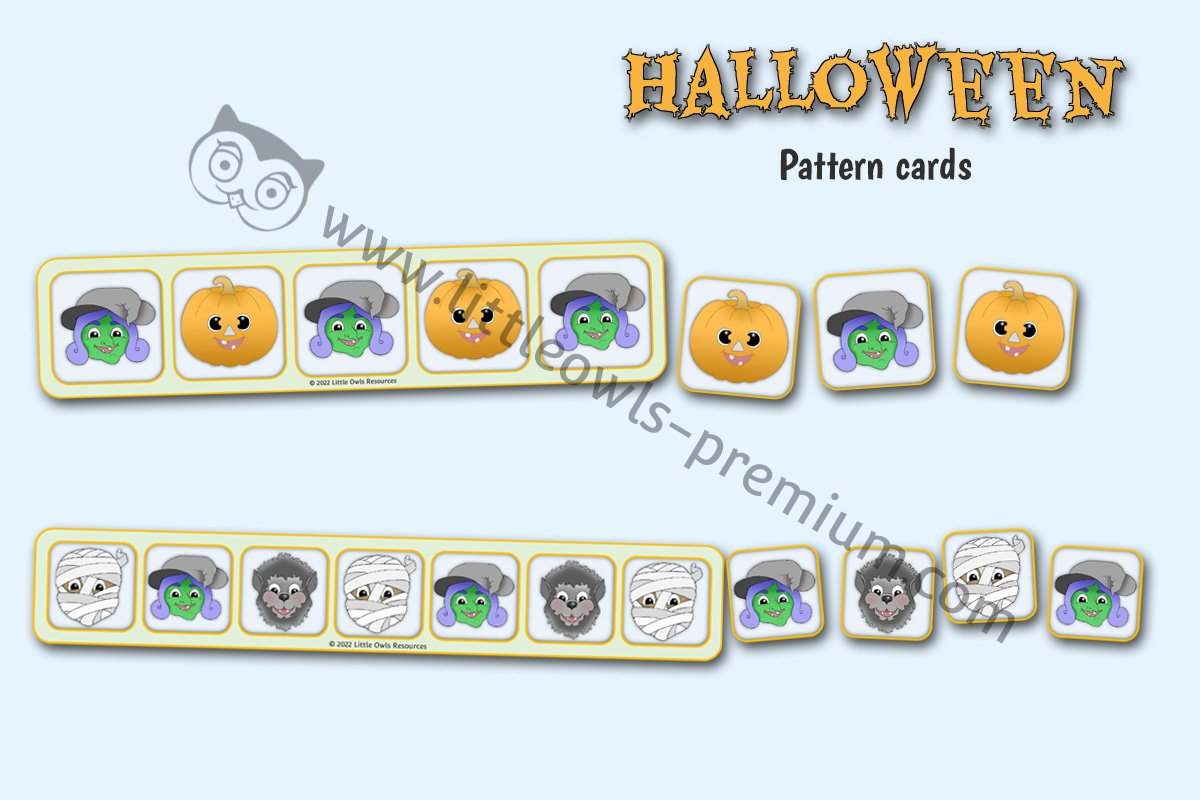
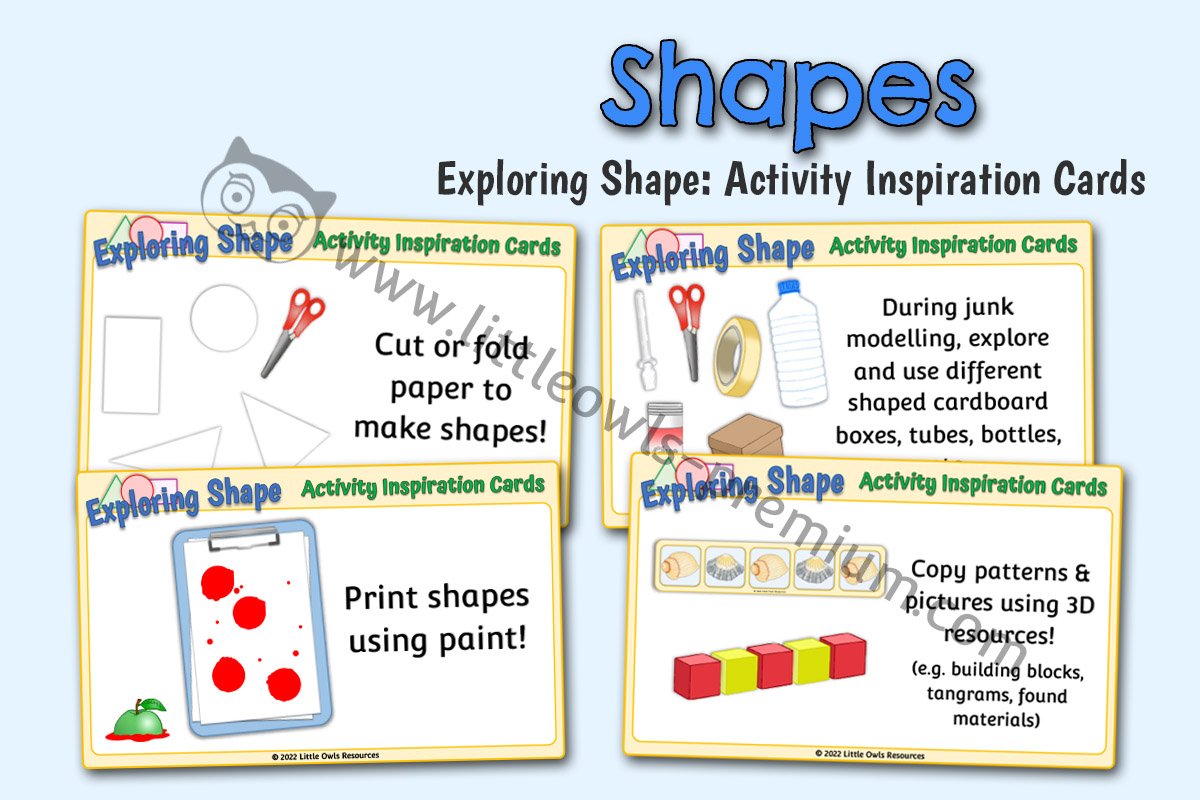
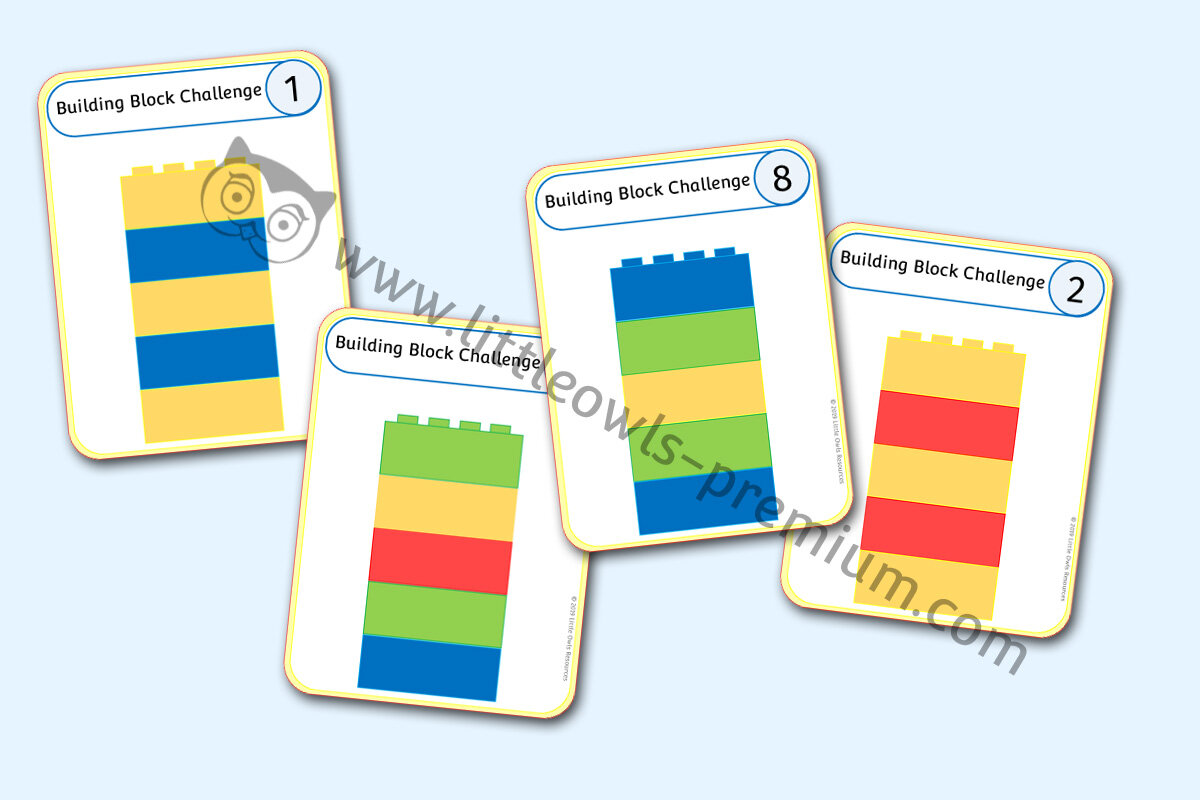
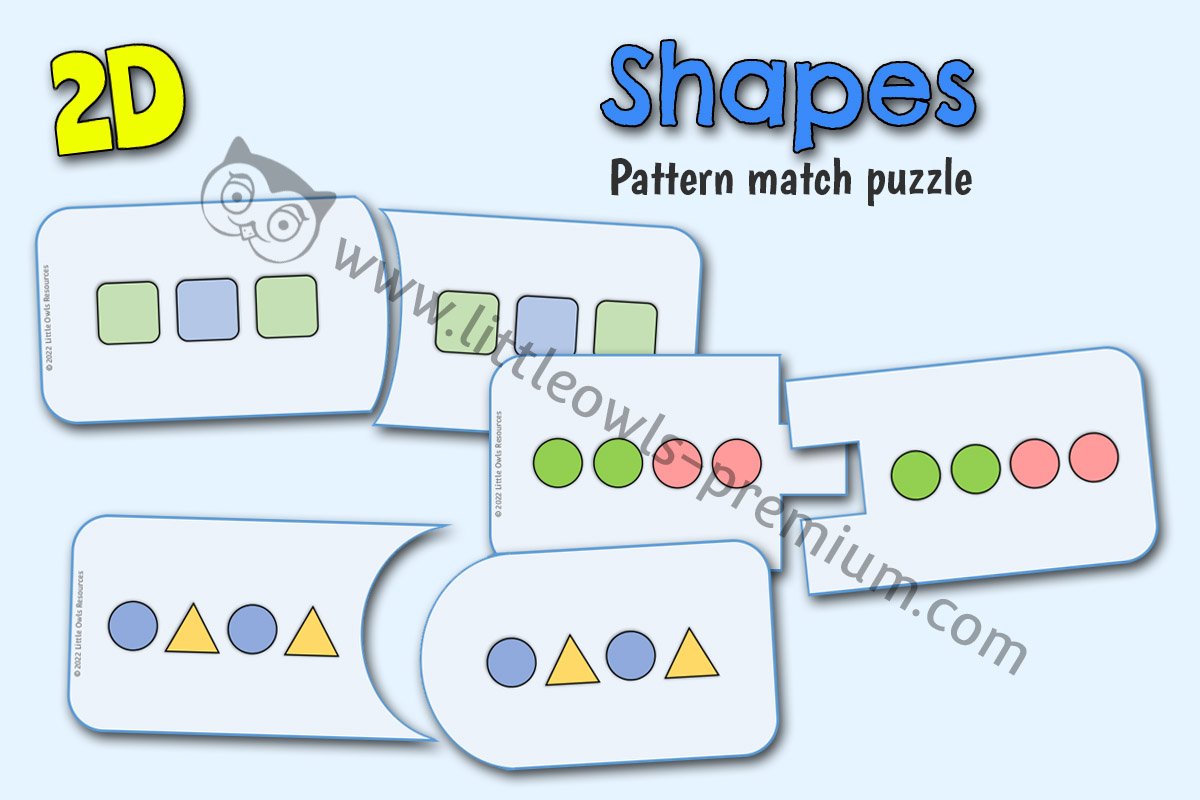
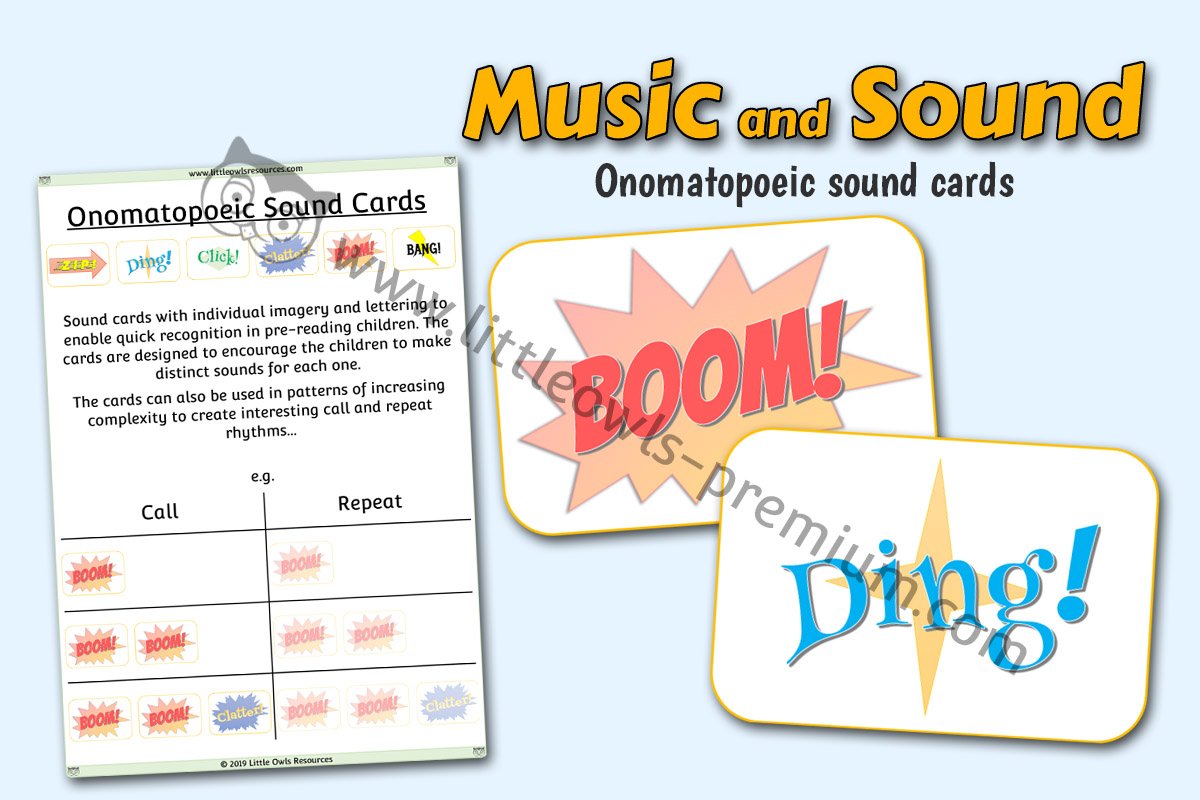
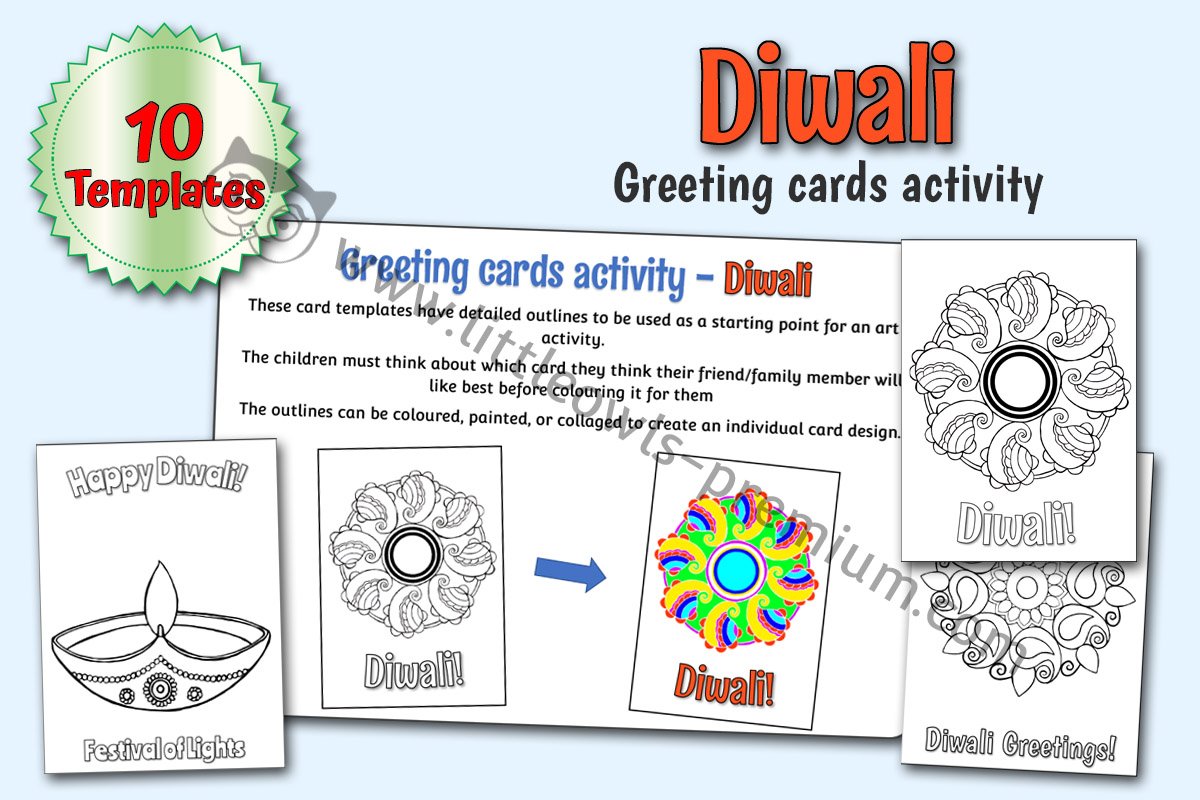

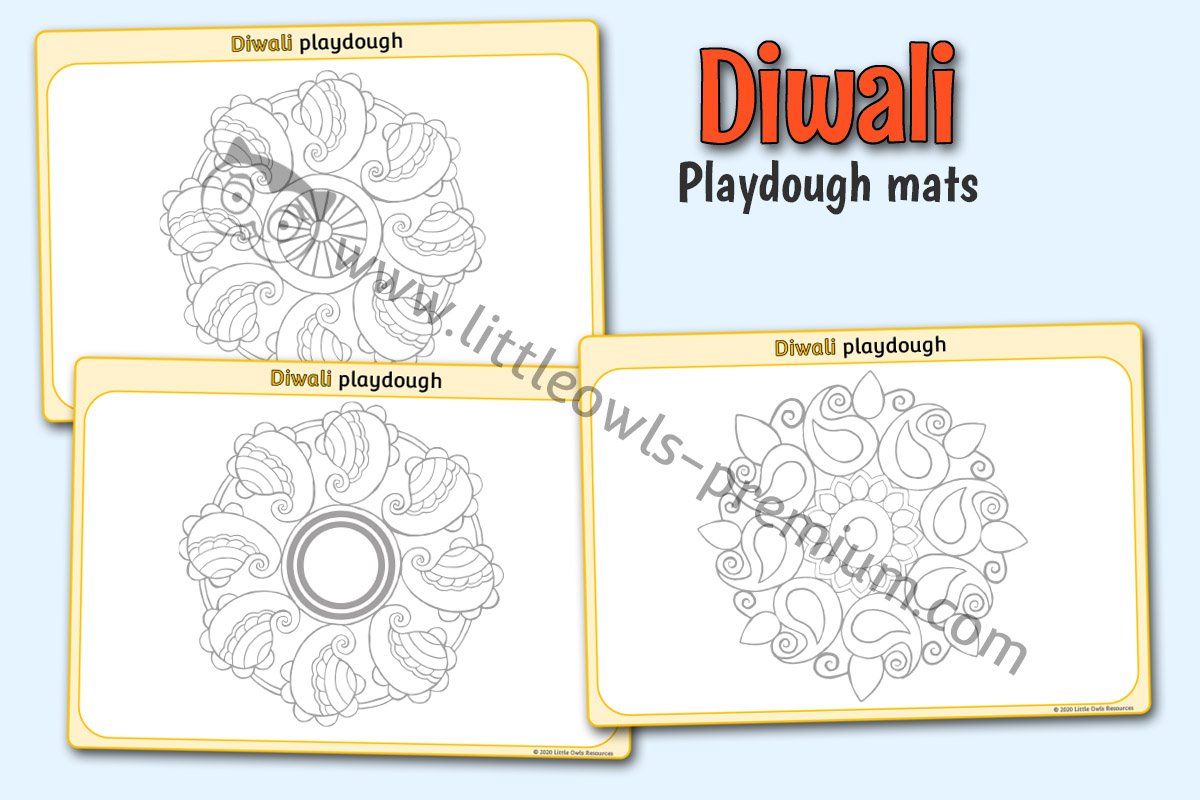
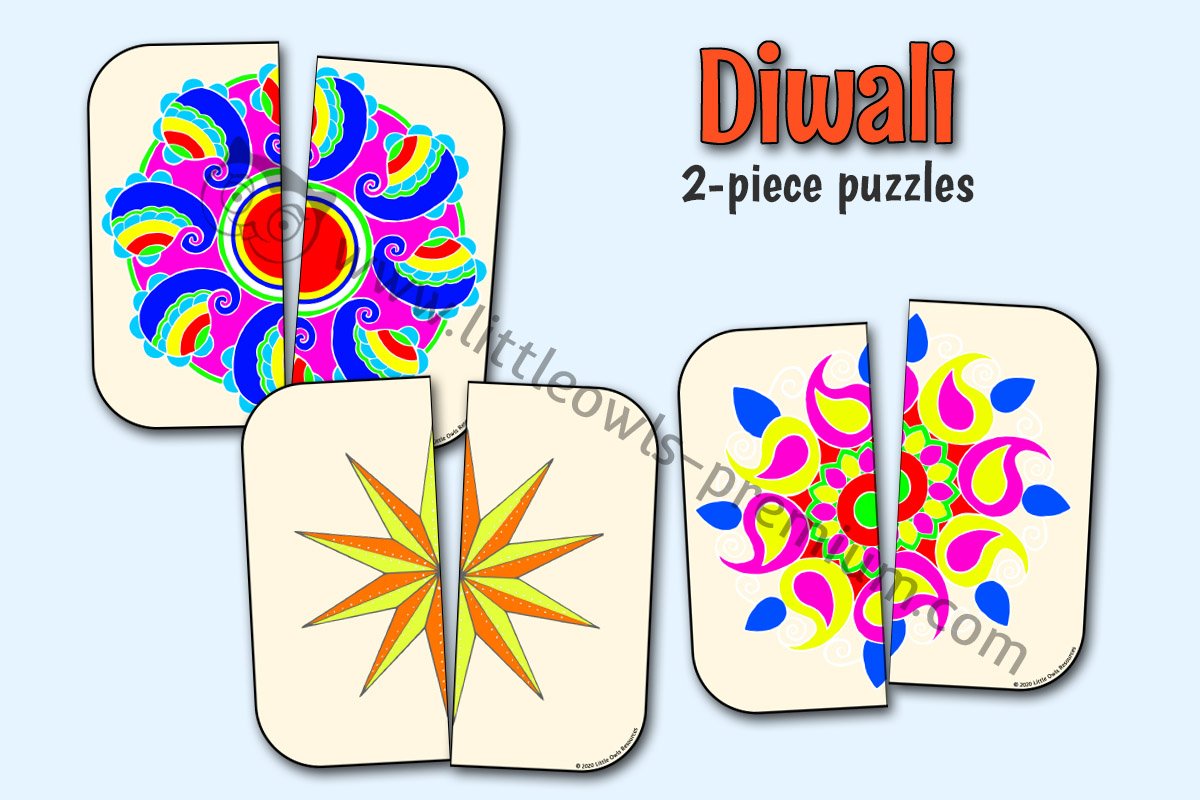


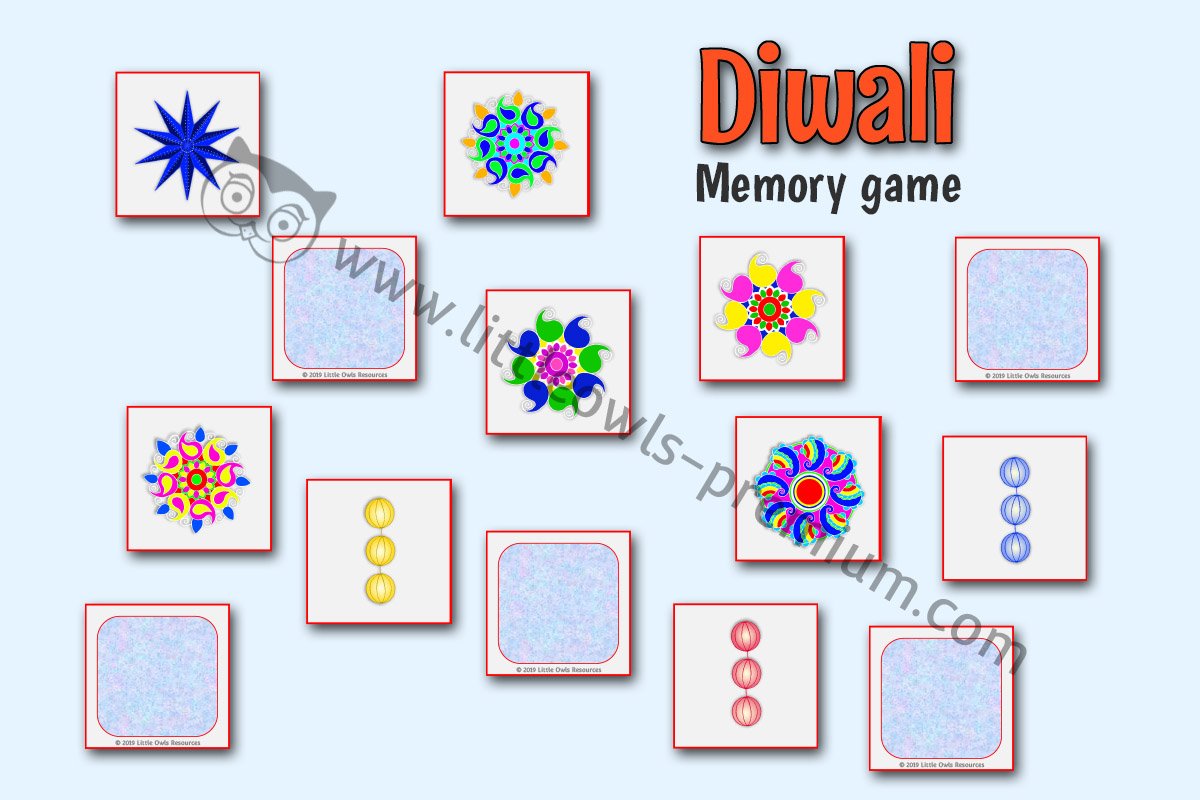

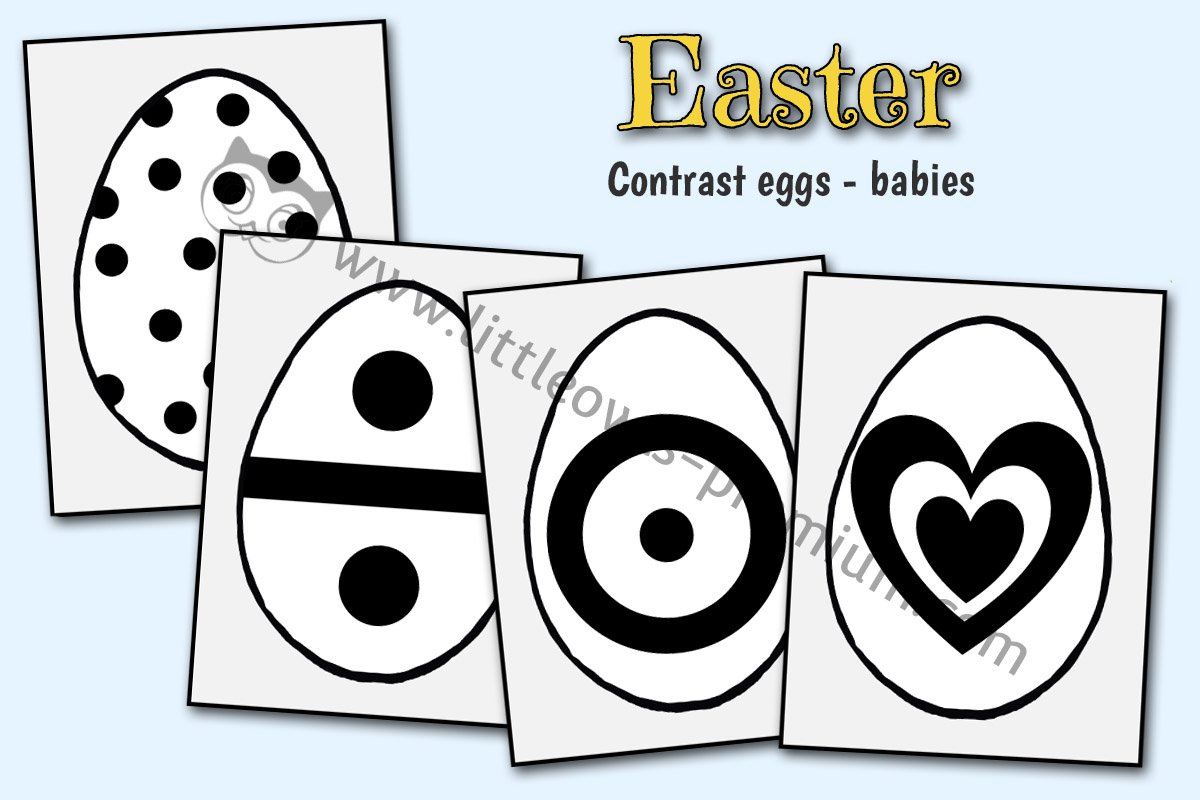
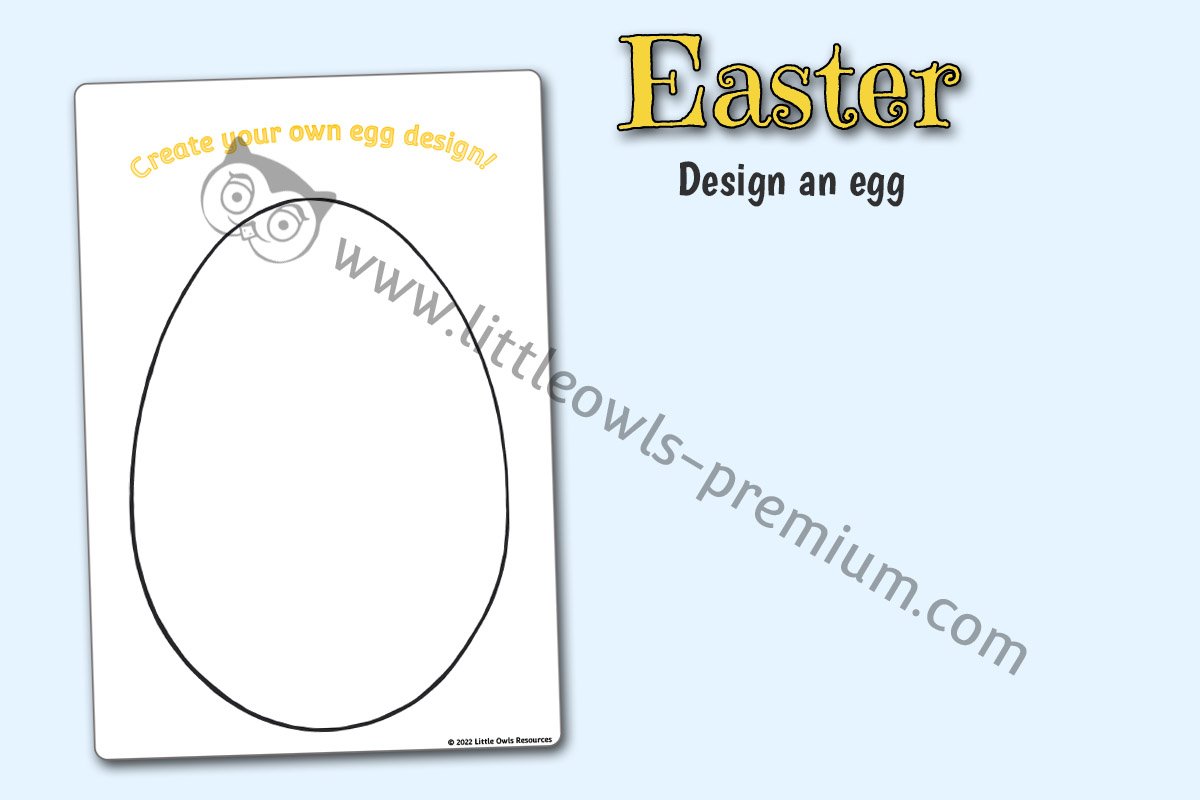
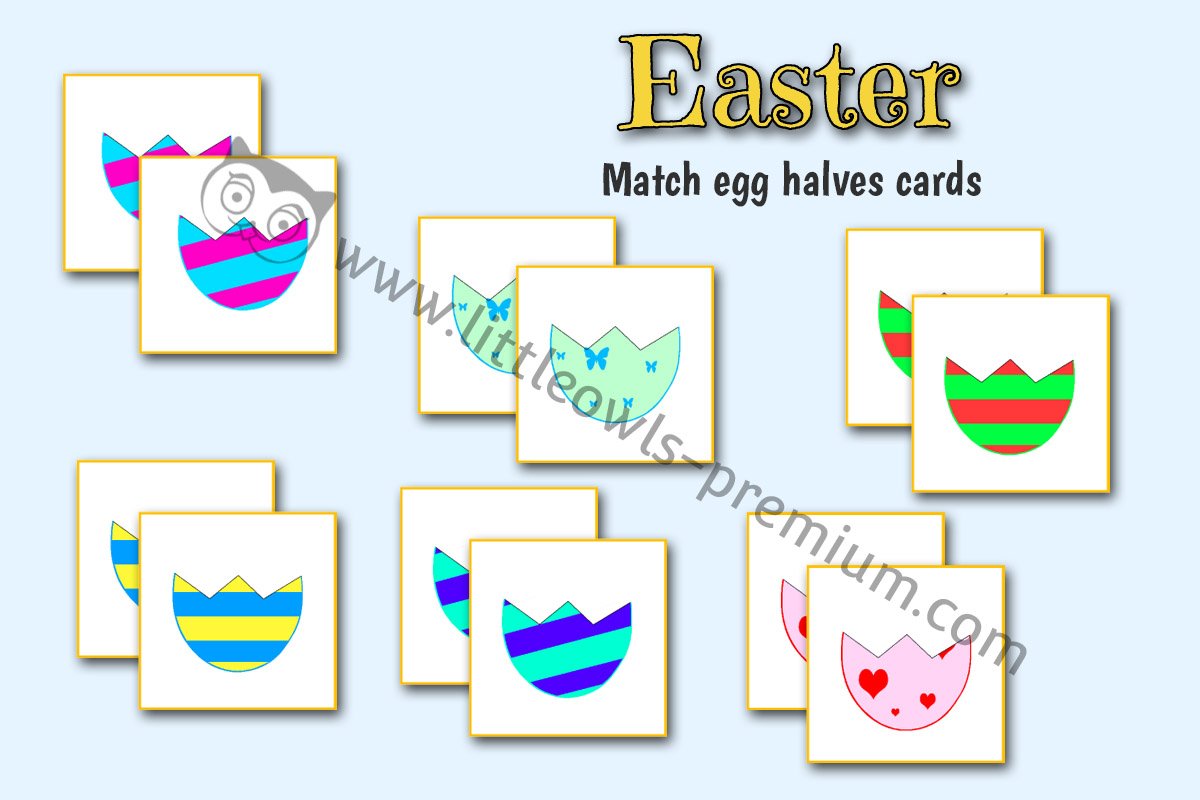
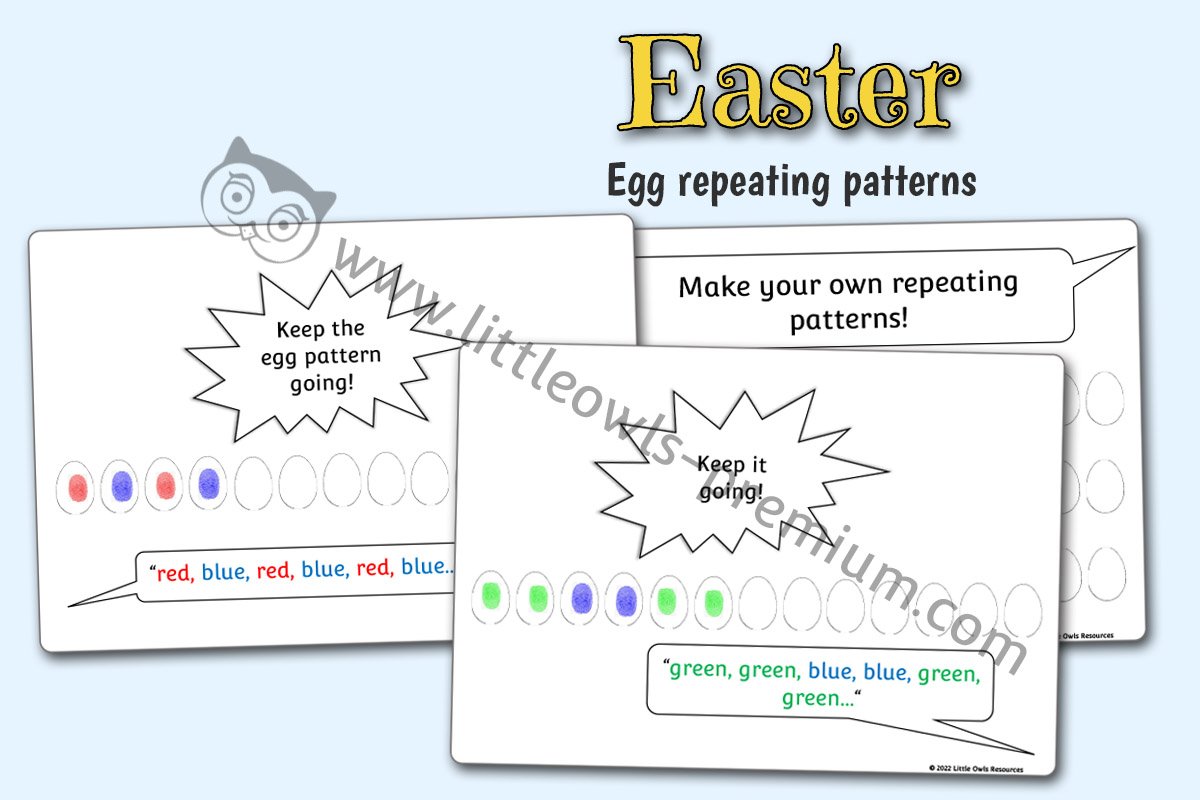
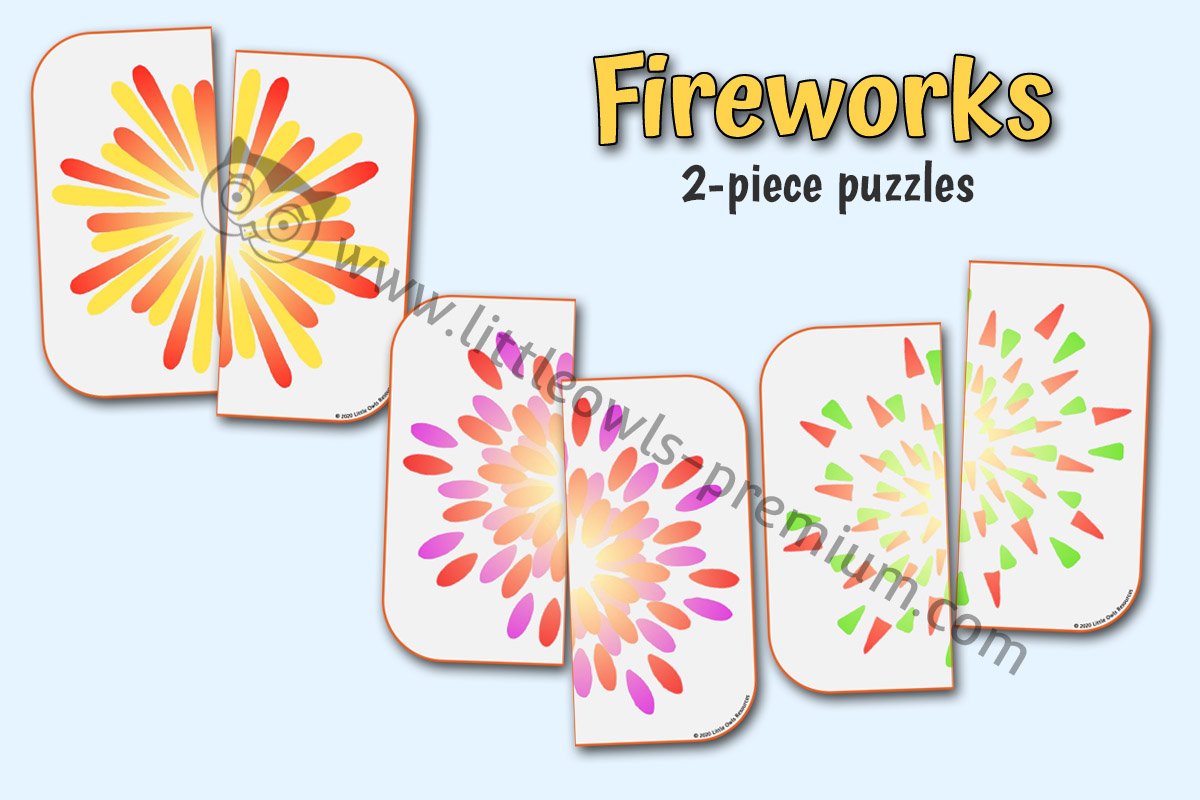


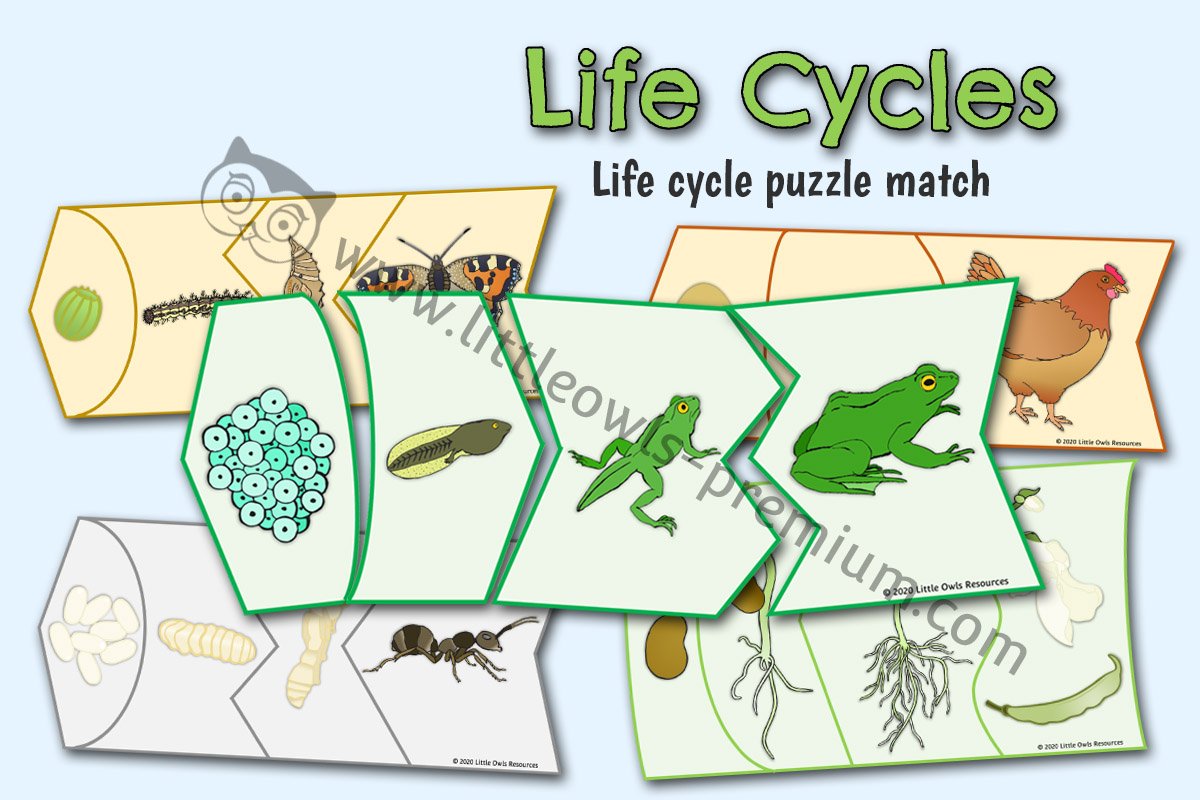


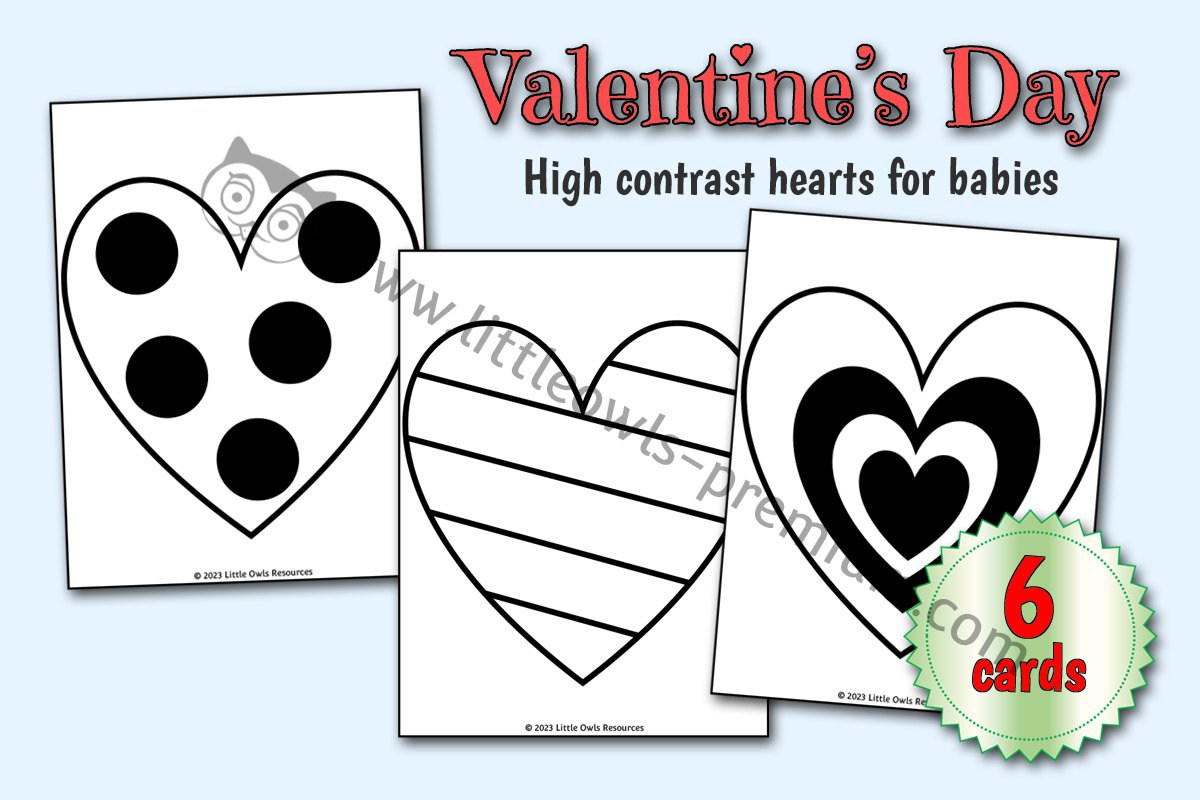

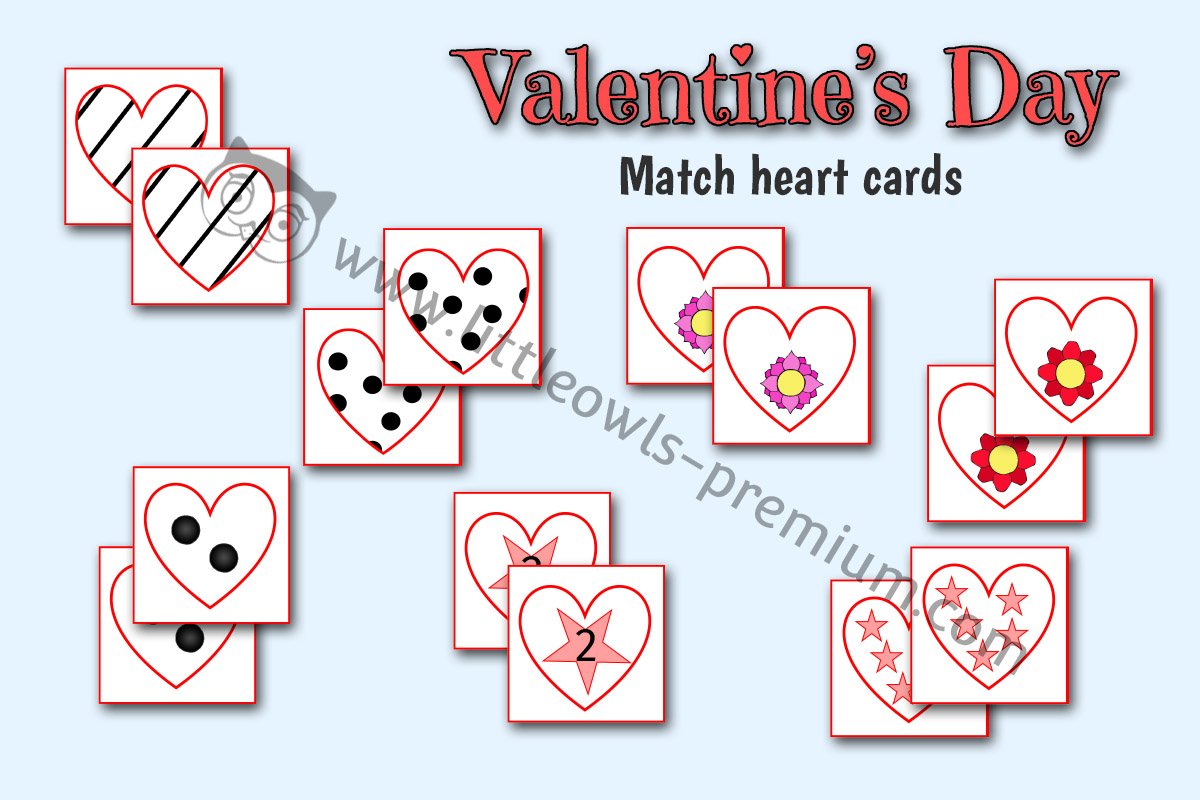
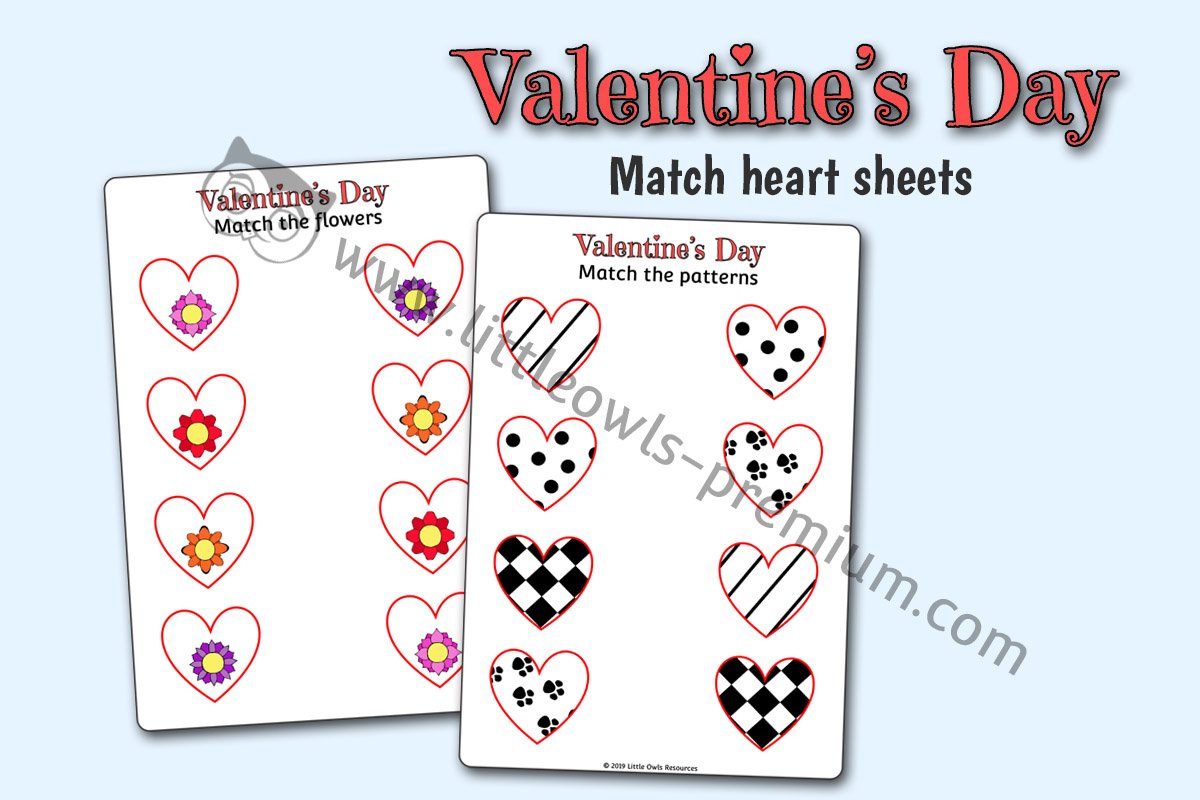

Introduce a calming creative experience rooted in Scottish tradition with our Mindfulness Tartan…